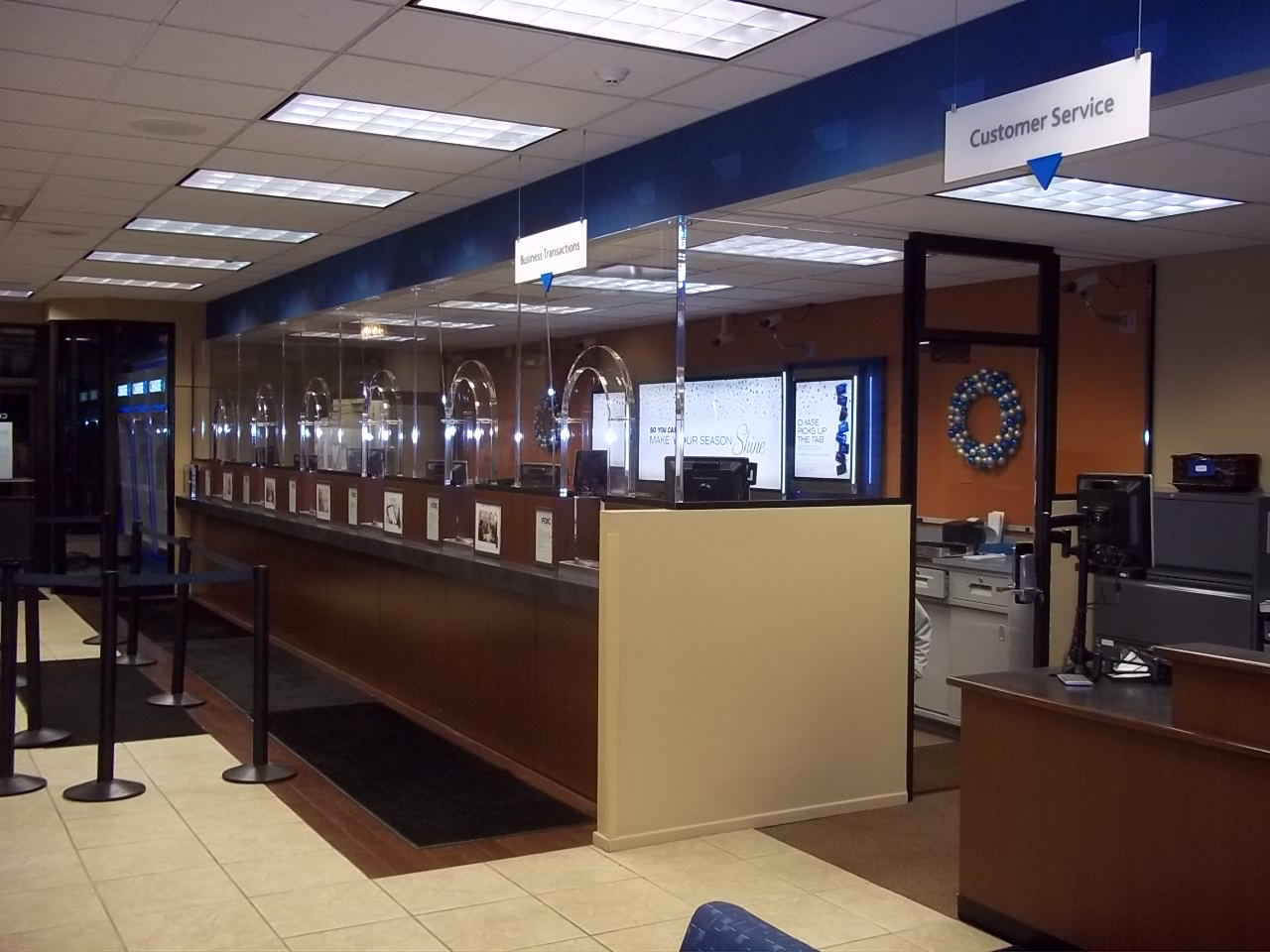For years Total Security Solutions CEO Jim Richards has been a strong advocate for the deterrence effect of bullet resistant bandit barriers.
“This isn’t just a matter of opinion,” Jim explains. “We’ve been doing this for decades. We’ve watched the numbers: When more banks have bullet resistant barriers, fewer banks get robbed, and fewer people get hurt.”
Facts and Figures: A Decade of Bank Robbery Deterrence
According to statistics from the FBI, a decade ago bank robberies accounted for 2.1% of all robberies in the U.S. Today they’re just 1.8%—a 14% decrease (which amounts to 3,000 fewer bank robberies). Over that same period, the average value of a bank robbery dropped roughly 20%, from $4300 to $3500.
What changed in the last ten years? It wasn’t cameras and guards: More than 90% of all banks have had cameras in place since the 1990s. (Today upwards of 98% of financial services providers have cameras in place.) And some studies show that the presence of an armed bank guard may increase the chance of violence. Since 2006 one in 10 banks has moved away from using armed guards. Correspondingly, we’ve seen a 13% drop in the number of bank employees and customers killed, injured, or taken hostage during a robbery.
The big change in the last ten years has been the adoption of bandit barriers. Bank use of bullet resistant barriers has jumped by more than 25%. As a result, we see both a drop in the number of robberies and an increase in news stories about dejected would-be bank robbers who abandon their plans once they see that bandit barrier. (Or, conversely, confessions of bank robbers who specifically target banks lacking bullet resistant barriers, such as this former LAPD detective and this man in St. Croix.)
Bandit Barriers in the Real World
Why are barriers succeeding where guards and cameras failed?
Technology and psychology.
Closed circuit cameras have notoriously poor picture quality, and are often mounted high and at an angle. This makes it difficult to capture immediately recognizable images—a fact observed by Texas bank robbery Clay Tumey in 2006, and one of the key factors in his beginning a career as a bank robber.

Security foiled by a Santa Beard and a hat. (Images courtesy of Laurel Police Department and Atlanta Crime Stoppers.)
Regardless of how excellent their training or de-escalatory their demeanor, bandits find armed guards inherently threatening. Just the presence of a guard escalates a situation. Some studies found deaths and injuries were three times more likely when an armed guard was present. Contrastingly, the ballistic glass is a passive security measure; it doesn’t antagonize in any way, and thus naturally defuses a volatile situation.
As an added bonus, the presence of a bandit barrier increases the likelihood that the bandit will choose to use a demand note. This generally decreases the violence of the event—many demand-note based robberies are handled so smoothly by tellers that other customers are unaware a robbery has happened—and increases the likelihood that the bank robber will be apprehended.
Many financial service providers—especially smaller non-bank financial services—assume customers and staff will find a bullet resistant barrier intimidating. But there’s clearly good reason that so many financial services workers discover that a modern “bandit barrier” increases staff and client confidence and comfort:


